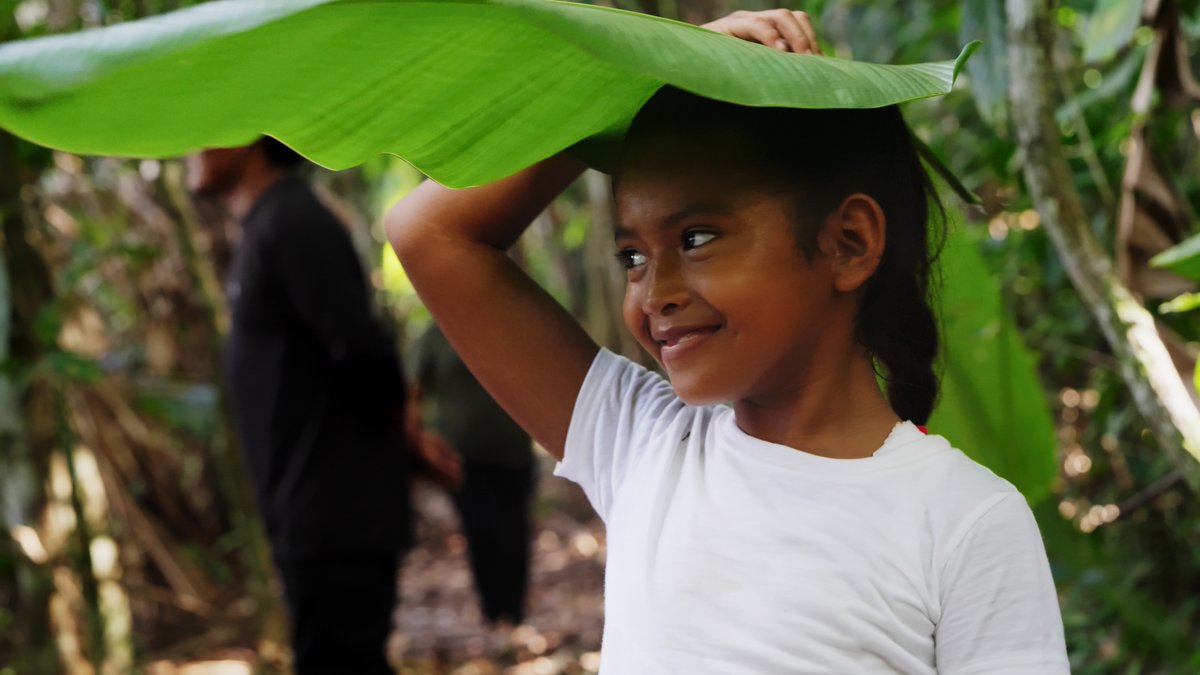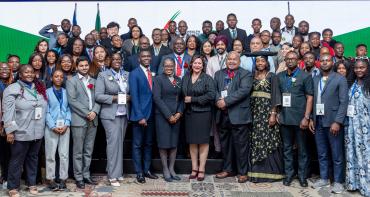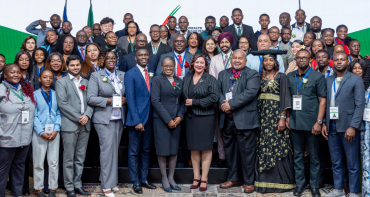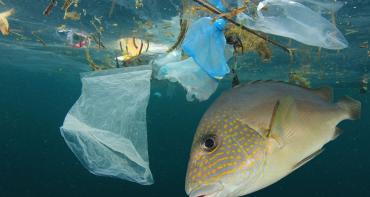By Akil Crichlow, Events Officer, International Water Resources Association; Elyse Blondell, Living Lands Charter Intern; and Mxolisi Sibanda, Climate Change Adviser, ĢĒŠÄĢ½»Ø

āTake only what you need and leave the rest for future generations to come.ā
These words come from the short film titled, . The film showcases how the government, researchers, and the Indigenous Peoples that call the Iwokrama Forest in Guyana home, work together to preserve and enhance biodiversity.
Many Indigenous Peoples and local communities (IPLCs) across the Commonwealth have a deep connection to land and nature. They also reflect why we must be committed to supporting IPLCs, advocating for their voices to be at the forefront of the fight against the triple threat of climate change, biodiversity loss and land degradation. On the International Day of the Worldās Indigenous Peoples, celebrated on 9 August each year, we reaffirm this commitment.
Learning from the Makushi Amerindian people in Guyana

This commitment was demonstrated at COP29 in Azerbaijan, when the Commonwealth Living Lands Programme presented the short film at an official side-event to demonstrate the achievements of the Indigenous Peoples of the Iwokrama Forest. The case of the Makushi Amerindian people in Iwokrama is a representation of millions of other Indigenous People and from local communities whose achievements, voices and aspirations are either minimised or not fully acknowledged.
Here, Amerindian communities and the (IIC) co-manage the forest, and it has achieved remarkable results, yielding inclusive conservation, sustainable development and true partnership over the past 30 years. The IIC and the Indigenous communities of the Iwokrama Forest work together for sustainable tourism in the forest, sustainable forestry to ensure its continued biodiversity, and community development.
Learning from the MÄori in New Zealand
The MÄori of New Zealand also demonstrate this. For over 700 years, the Whanganui tribes have believed the riverās health is interconnected with their own spiritual and physical wellbeing, seeing the Whanganui River as part of the people, with the tribes responsible for its care to preserve ancestral values and ensure its health for future generations. Consequently, the MÄori have maintained a stewardship relationship with the river, not treating it as a commodity.
In 2017, New Zealand acknowledged this and passed the , recognising the river and its elements as an indivisible, living whole, with legal rights. Such legislation has the potential to support sustainable environmental initiatives around the river and protect its natural resources. Many other examples abound that illustrate this across the Commonwealth.
ĢĒŠÄĢ½»Ø Living Lands Charter honours the critical role of Indigenous culture and knowledge in biodiversity conservation and climate resilience and actively works towards strengthening their participation in climate action while protecting their cultural heritage and practices.
The charterās thematic working group on Indigenous Peoples and local communities, led by the governments of Fiji and Nigeria, plays a key role in supporting member countries and partners to understand and collaborate with IPLCs.
As we head down the road towards COP30 in BelĆ©m, which Brazil President Luiz InĆ”cio Lula da Silva has named a āPeopleās COPā, the voices of Indigenous Peoples and local communities must be included at all levels of conversations and negotiations.


